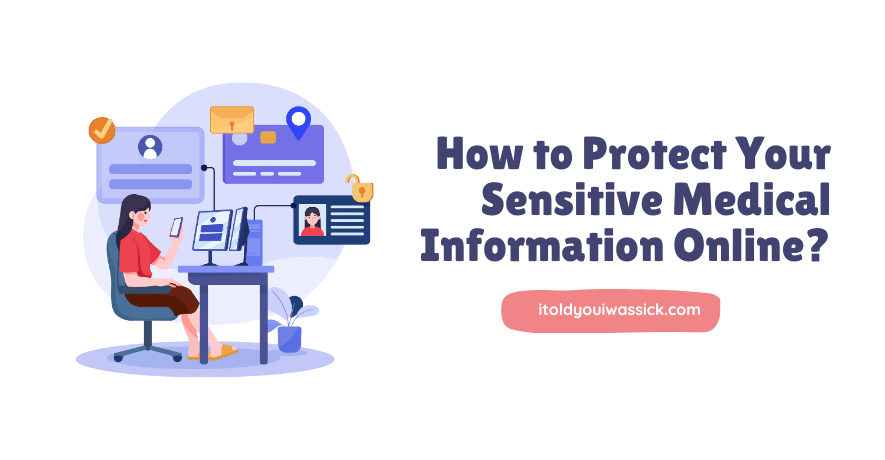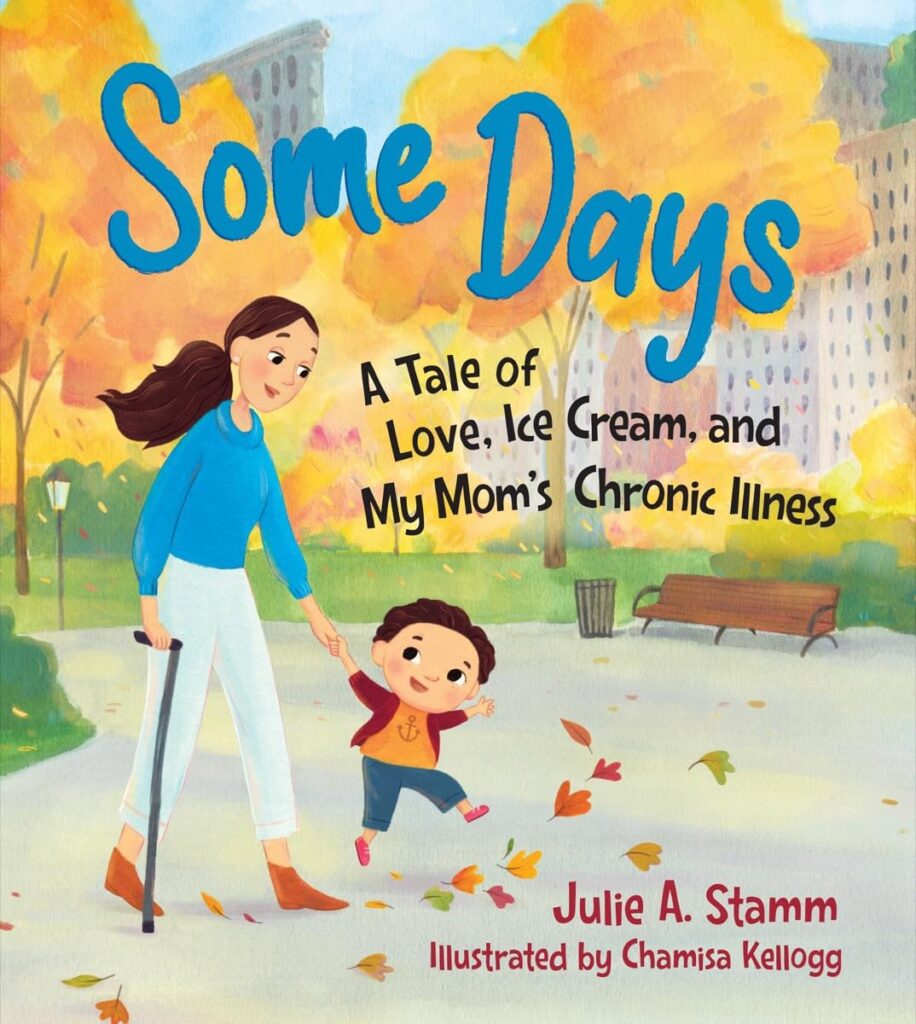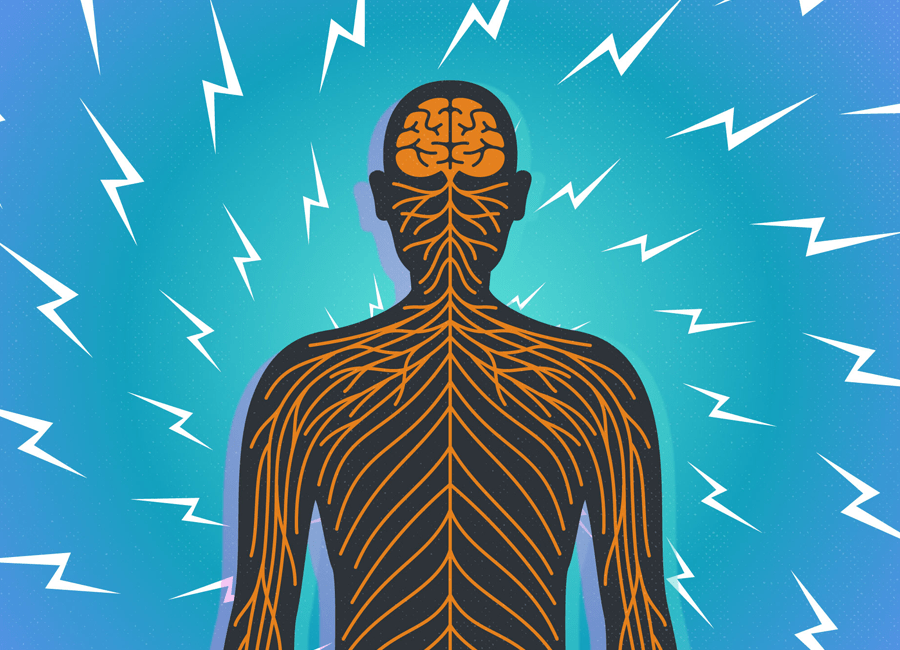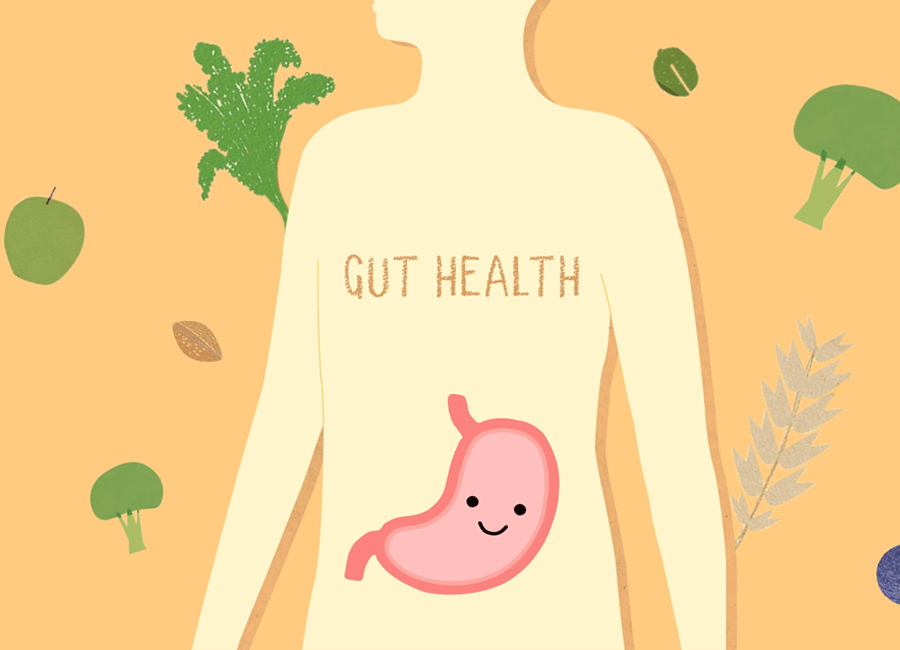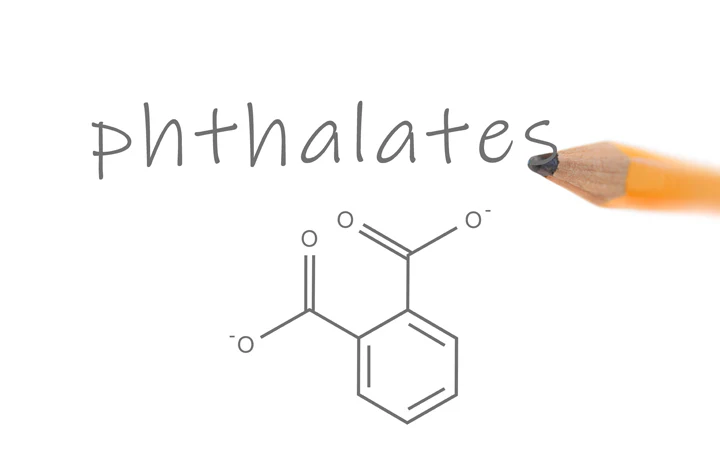
You may have read headlines saying that eating out can contribute to weight gain, heart conditions, and other health issues. Now there’s a study that says too many restaurant meals or fast food trips could also disrupt your hormones. The culprits are a group of chemicals called phthalates, and they’re a subject of growing concern.
This latest study found that adults who ate out frequently had phthalate levels 35% higher than those who prepared most of their meals at home. While all kinds of restaurant, cafeteria, and fast food items increased phthalate exposure, cheeseburgers and sandwiches appeared to carry the highest risk. This news is important because these chemicals have been linked to serious conditions including asthma, diabetes, obesity, and reduced fertility.
Find out what you can do to limit your exposure and eat healthier.
Cutting Back on Phthalates
It would be difficult to avoid phthalates completely because they’re in many items. That includes shampoo and dish detergent, as well as food packaging and processing equipment. While government regulations have banned some of these chemicals and more reforms are expected, you can take some precautions on your own too.
Use these strategies to reduce your Phthalates exposure:
- Buy fresh produce. Canned goods like soup and pasta are a major source of phthalates. Fresh and frozen items will lower your exposure and provide more nutrition.
- Consider organic products. While buying organic isn’t a foolproof solution, it helps. Look for labels such as Food Alliance certification or USDA certified organic.
- Switch containers. When possible, buy food and cosmetics in glass or steel containers rather than plastic. Transferring an item to a non-plastic case works too because it will reduce the amount of time it spends in plastic.
- Clean naturally. Save money and avoid toxins by using natural cleaners. You can buy eco-friendly brands or just use vinegar and baking soda.
- Cook safely. When heated, some chemicals in plastics can wind up in your food. Microwave with glass containers instead.
Cutting Back on Eating Out
What keeps you from preparing more of your own meals?
Try these solutions to some of the most common obstacles:
- Plan your menus. Maybe you order take out because it’s almost dinnertime and you don’t have anything in your kitchen that you can turn into a balanced meal. Preparing menus and grocery lists makes it easier to stock up on the ingredients for quick and healthy meals and snacks.
- Learn new recipes. Going out to eat may sound more appetizing than dining on chicken and broccoli for the fourth night in a row. On the other hand, mastering new dishes could make you excited about spending more time in the kitchen.
- Cook in batches. Family dinners don’t have to take much time if you have leftovers you can heat up. Cook a pot of chili or a pan of lasagna over the weekend and freeze the remaining portions for later.
- Pack your lunch. Do you enjoy burgers and sandwiches for your midday meal? Making them at home will allow you to dine the way you want without the extra phthalates. Plus, you can probably add more vegetables into each serving.
- Carry snacks. If you get hungry in between meals, keep something tasty at your desk or in your car rather than making a late afternoon run to the cafeteria or a fast food place. Good choices include carrot sticks and peanut butter or toasted oats with fruit.
Eating at home is a simple and effective way to gain more control over the ingredients on your plate. To upgrade your diet and reduce your exposure to phthalates even further, choose fresh whole foods instead of packaged items whenever possible.




